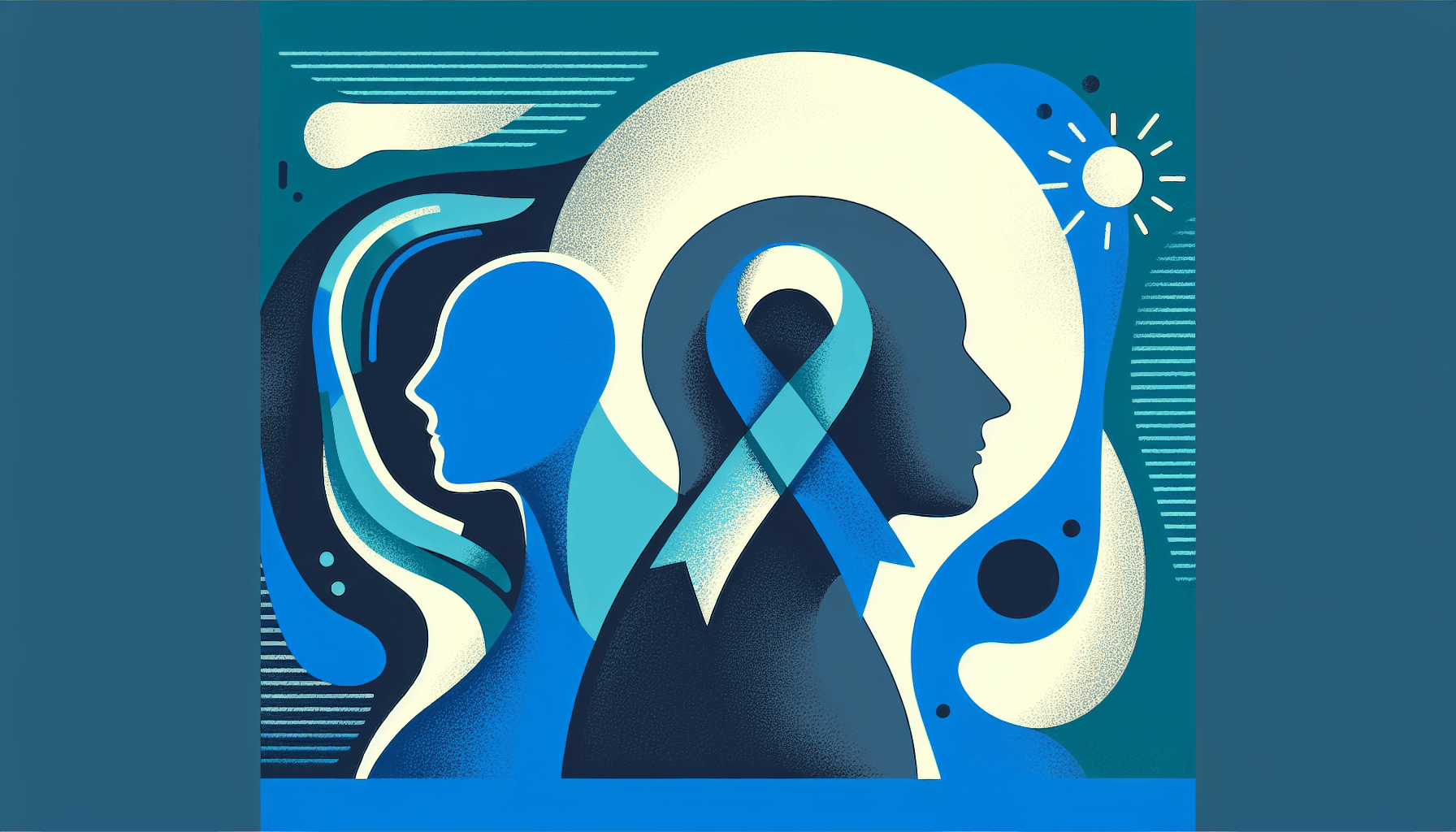Can I Take Zepbound a Day Early?
Key TakeawaysZepbound is a once-weekly injectable medication for weight management and obstructive sleep apnea (OSA) linked to obesity.Taking Zepbound a day early is [...]
Read More
Medically reviewed by Abhijit Bhattacharyya | MD, PhD, MBA, Tufts University School of Medicine - Miami, Florida on November 11th, 2023.
Chordoma is a rare type of bone cancer that develops in the bones of the skull and spine. With only about 300 cases diagnosed in the United States each year, it affects approximately 1 in every 1 million people. While chordoma can occur at any age, even in childhood, most people are diagnosed between the ages of 40 and 70, with men being more likely to develop this cancer than women.
During fetal development, a thin structure called the notochord supports the growth of the spine. Normally, the notochord disappears before birth. However, in some people, remnants of notochord cells remain in the spine and skull. Researchers believe that chordoma develops when a gene responsible for producing a protein that helps form the spine undergoes a change, causing the leftover notochord cells to divide uncontrollably. This change is usually random and not inherited, although in rare cases, chordoma can run in families.
As chordomas grow, they can put pressure on nerves in the spine or brain, leading to various symptoms depending on the location and size of the tumor. Some common symptoms include:
Abnormal eye movements
Changes in voice or speech
Double vision
Headache
Loss of feeling and movement in the face
Neck pain
Difficulty swallowing
Loss of bowel control
Lump in the lower back
Numbness, tingling, or weakness in the arms or legs
Lower back pain
Bladder control problems
In some cases, chordomas in the brain can obstruct the flow of cerebrospinal fluid, causing a condition called hydrocephalus, which results in increased pressure on the brain.

To diagnose chordoma, your doctor may use various imaging tests to determine the location and size of the tumor. These tests include:
X-ray: Low-dose radiation is used to create images of the brain or spinal cord.
CT (computed tomography) scan: Multiple X-rays are taken from different angles and combined to produce detailed images of the affected area.
MRI (magnetic resonance imaging): Powerful magnets and radio waves generate images of organs and structures inside the body.
A biopsy is the only definitive way to confirm a chordoma diagnosis. Your doctor will use a needle to collect a small sample of cells from the tumor, which a specialist will examine under a microscope to identify the type of tumor. Additional tests, such as blood tests, CT scans of the lungs, or bone scans, may be performed to determine if the tumor has spread to other parts of the body.
Treatment for chordoma depends on several factors, including the patient's age, overall health, and the size and location of the tumor. The primary treatment approach is usually surgery, which aims to remove as much of the tumor as possible along with some surrounding tissue to prevent recurrence. However, in some cases, complete tumor removal may not be feasible without damaging healthy brain or spinal cord cells.
Radiation therapy, which uses high-energy X-rays to kill any remaining cancer cells after surgery, can help reduce the risk of the cancer returning. Despite treatment, chordoma often recurs. During the first year after surgery, patients typically undergo MRI scans every three months to monitor for recurrence. If the cancer does return, additional surgery may be necessary.
Researchers are currently investigating several new treatments such as EGFR (epidermal growth factor receptor) inhibitors (erlotinib), mTOR (mammalian target of rapamycin) inhibitors (sirolimas, temisirolimus, everolimus), and targeted therapies (Imatinib) for chordoma through clinical trials to assess their safety and effectiveness. These trials provide an opportunity for patients to access novel therapies that are not yet widely available. Your doctor can help you determine if participating in a clinical trial is a suitable option for you.
To learn more about chordoma, visit the following reputable sources:
Key TakeawaysZepbound is a once-weekly injectable medication for weight management and obstructive sleep apnea (OSA) linked to obesity.Taking Zepbound a day early is [...]
Read MoreKey TakeawaysZepbound is an FDA-approved medication for chronic weight management in adults with obesity or overweight, and for moderate to severe obstructive sleep apnea [...]
Read MoreKey TakeawaysZepbound is a once-weekly injectable medication that supports weight loss by activating hormone pathways regulating appetite and digestion.After the first dose, [...]
Read More